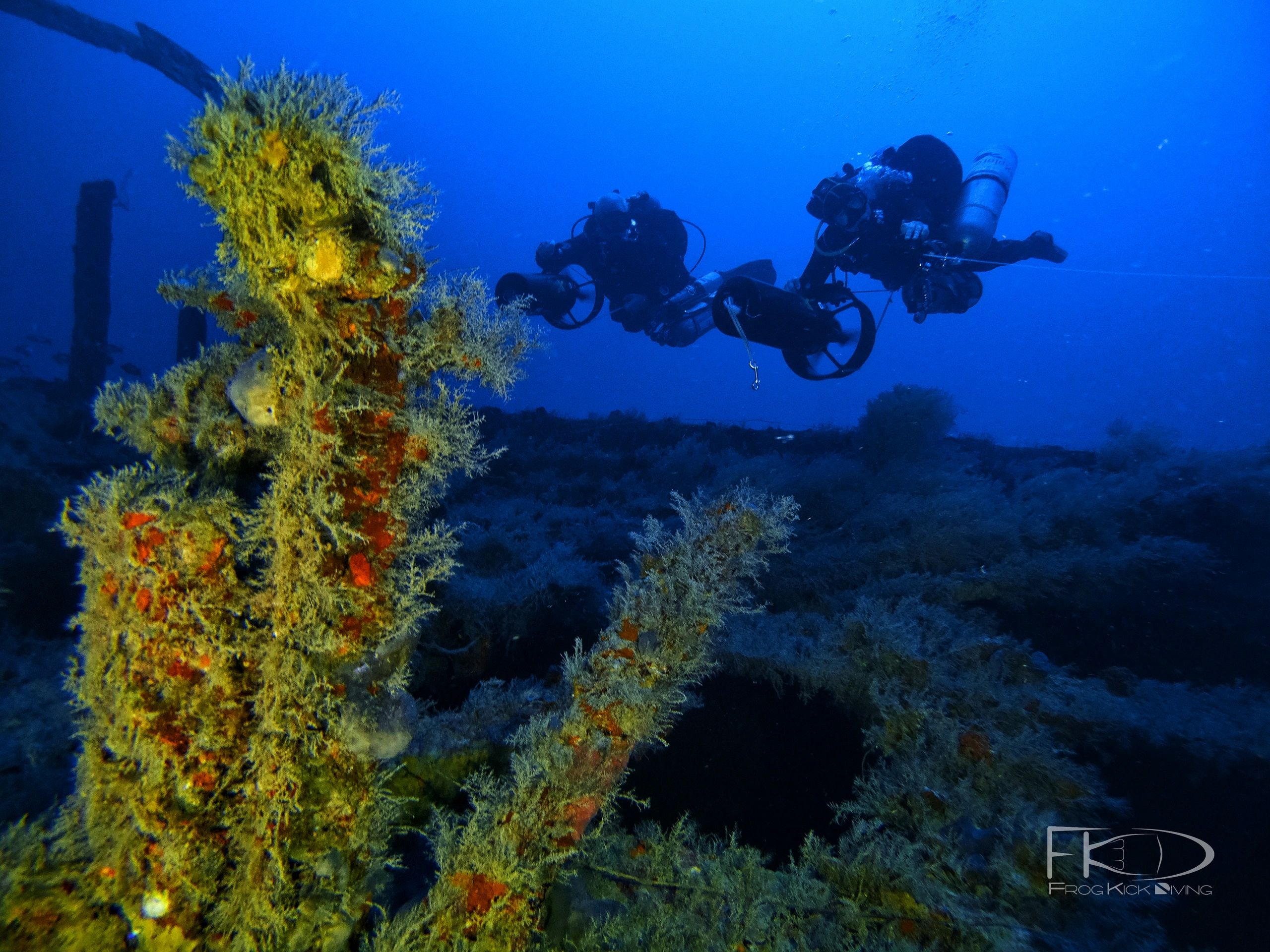quietlife4me
Contributor
Do I have this theoretically correct? I’m trying to make sure I understand the basic concept.
If your RMV is 1.1cuft/min and you want to spend 60 minutes at 33 feet (1ata), you can expect to use 1.1cuft/min * 60 min * 1 ata = 66cuft of gas
…or…
If your RMV is 1.1cuft/min and you want to spend 30 minutes at 66 feet (2ata), you can expect to use 1.1cuft/min * 30 min * 2 ata = 66cuft of gas
…or…
If you have an AL80 cylinder with 51.6cuft of usable air (77.4 cuft total = 51.6cuft “rule of thirds”) and want to dive to 33 feet (1ata) with an RMV of 1.1cuft/min the total dive time before the turn is 51.6cuft / 1.1cuft/min / 1 ata = 56min
..or…
If you have an AL80 cylinder with 51.6cuft of usable air (77.4 cuft total = 51.6cuft “rule of thirds”) and want to dive to 66 feet (2ata) with an RMV of 1.1cuft/min the total dive time before the turn is 51.6cuft / 1.1cuft/min / 2 ata = 23min
If your RMV is 1.1cuft/min and you want to spend 60 minutes at 33 feet (1ata), you can expect to use 1.1cuft/min * 60 min * 1 ata = 66cuft of gas
…or…
If your RMV is 1.1cuft/min and you want to spend 30 minutes at 66 feet (2ata), you can expect to use 1.1cuft/min * 30 min * 2 ata = 66cuft of gas
…or…
If you have an AL80 cylinder with 51.6cuft of usable air (77.4 cuft total = 51.6cuft “rule of thirds”) and want to dive to 33 feet (1ata) with an RMV of 1.1cuft/min the total dive time before the turn is 51.6cuft / 1.1cuft/min / 1 ata = 56min
..or…
If you have an AL80 cylinder with 51.6cuft of usable air (77.4 cuft total = 51.6cuft “rule of thirds”) and want to dive to 66 feet (2ata) with an RMV of 1.1cuft/min the total dive time before the turn is 51.6cuft / 1.1cuft/min / 2 ata = 23min




